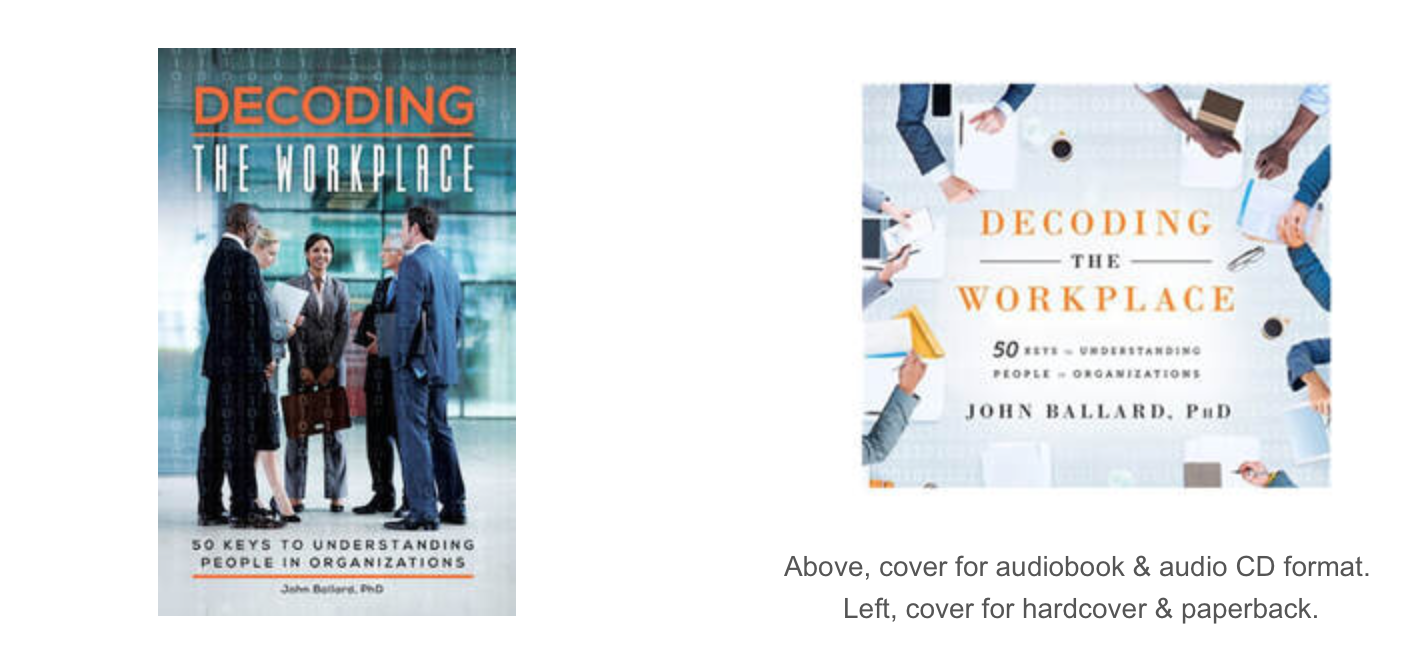
Amy Wrzesniewski (Yale) and Jane Dutton (Michigan) studied people who cleaned hospital rooms. They found two groups: one did things by the book, the other added tasks or made other adjustments to their jobs that made their jobs as hospital cleaners more meaningful. Wrzesniewski & Dutton (2001) coined the term “job crafting”—“the process of employees redefining and reimagining their job designs in personally meaningful ways.” For nearly two decades they have led research on job crafting.
So how do people alter their jobs? Here is a summary in a nutshell:.
- Changing tasks: adding tasks, emphasizing some tasks over others, changing how a task is done.
- Changing relationships: building new relationships, reframing an existing relationship, recrafting a relationship by helping or supporting another.
- Changing perceptions: expanding perceptions (broaden view of the job); focusing perception on most meaningful aspects of the job, linking or associating separate activities with each other to make more meaningful.
My take-aways:
1. Early in my professional career I did work analyses across multiple locations. I learned quickly that there were significant differences between tasks and responsibilities in job descriptions and what people actually did. As Wrzesniewski and Dutton found, some people adjusted to their positions by emphasizing certain aspects over others. Intentionally or not, they made their jobs more interesting. Many times they were not aware of how they had changed their jobs.
2. My guess is that individual differences play a large role here. Some people are going to find ways to make their jobs more meaningful. Others are just going to do what they are assigned to do, the way they were trained to do it. We craft our jobs by the choices we make, and the choices we are allowed to make.
3. Leadership can play a role. While many employees will shape their jobs to add meaning, others will not unless it is made clear by managers that they do have some flexibility. Also, people doing the same job may do the job differently. Meetings where this information is shared may improve performance for others – or avert potential problems. Job crafting should be a topic in which leaders are well versed.
Berg, J. M., Dutton, J. E., & Wrzesniewski, A. (2013). Job crafting and meaningful work. In B. J. Dik, Z. S. Byrne, & M. F. Steiger (Eds.), Purpose and meaning in the workplace (pp. 81-104. Washington, DC: American Psychological Association.
Wrzesniewski, A., Berg, J. M., & Dutton, J. E. (2010). Managing yourself: Turn the job you have into the job you want. Harvard Business Review, 88(6), 114-117.
Wrzesniewski, A., & Dutton, J. E. (2001). Crafting a job: Revisioning employees as active crafters of their work. Academy of Management Review, 26(2), 179-201.
Graphic image by RoadLightt. USAF photo. Obtained from https://pixabay.com/illustrations/remote-work-office-home-office-5491794/
Modified from my blog 4/30/2018. © John Ballard, PhD, 2024. All rights reserved.
_________________________
Decoding the Workplace “Is this a must-have for managers and would-be managers? Yes.” Academy of Management Learning & Education, June, 2018. Available as ebook, hardback, paperback, audiobook, and audio CD. The best-selling audiobook, and CD, are narrated by Timothy Andrés Pabon.











 RSS Feed
RSS Feed